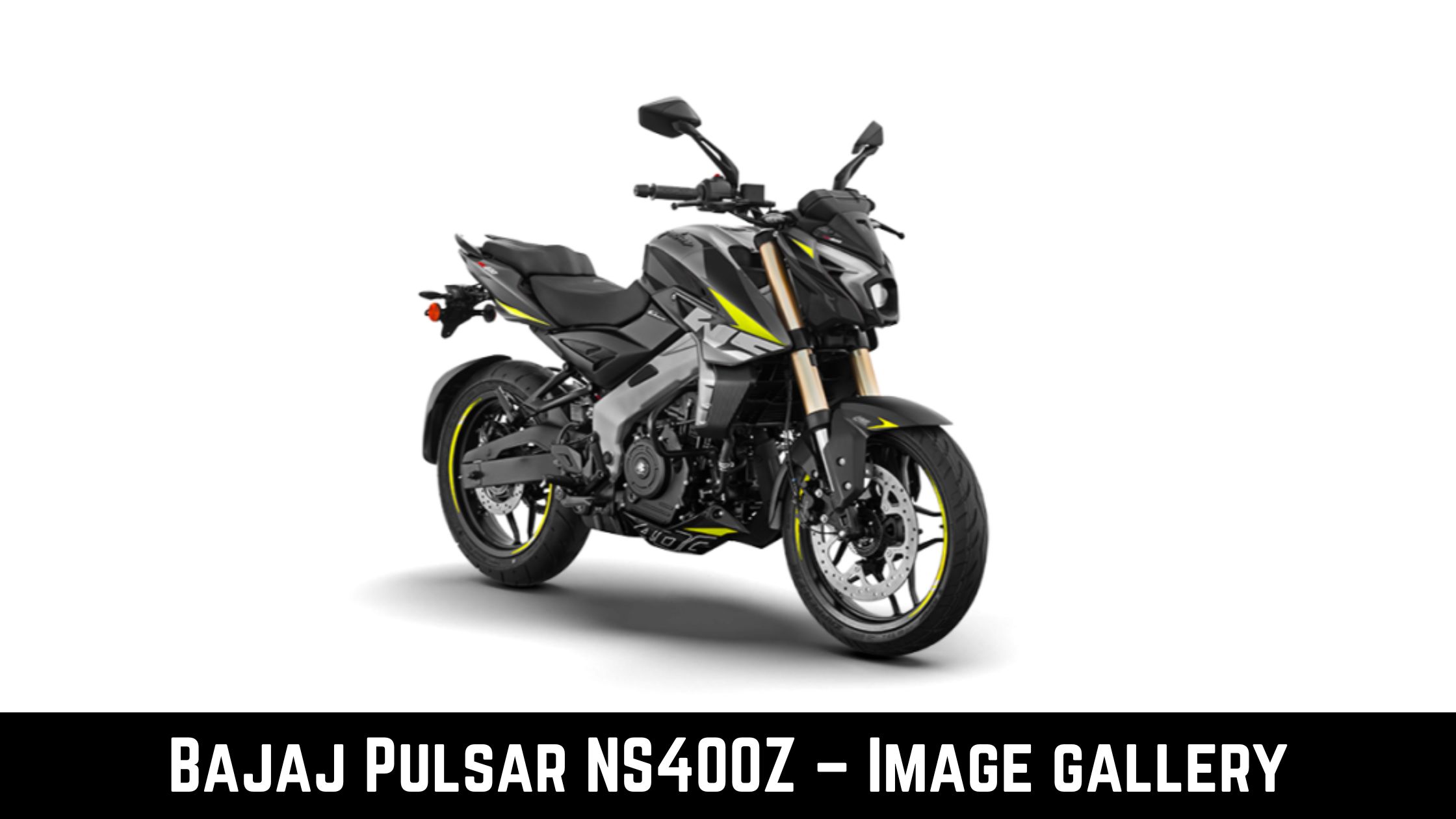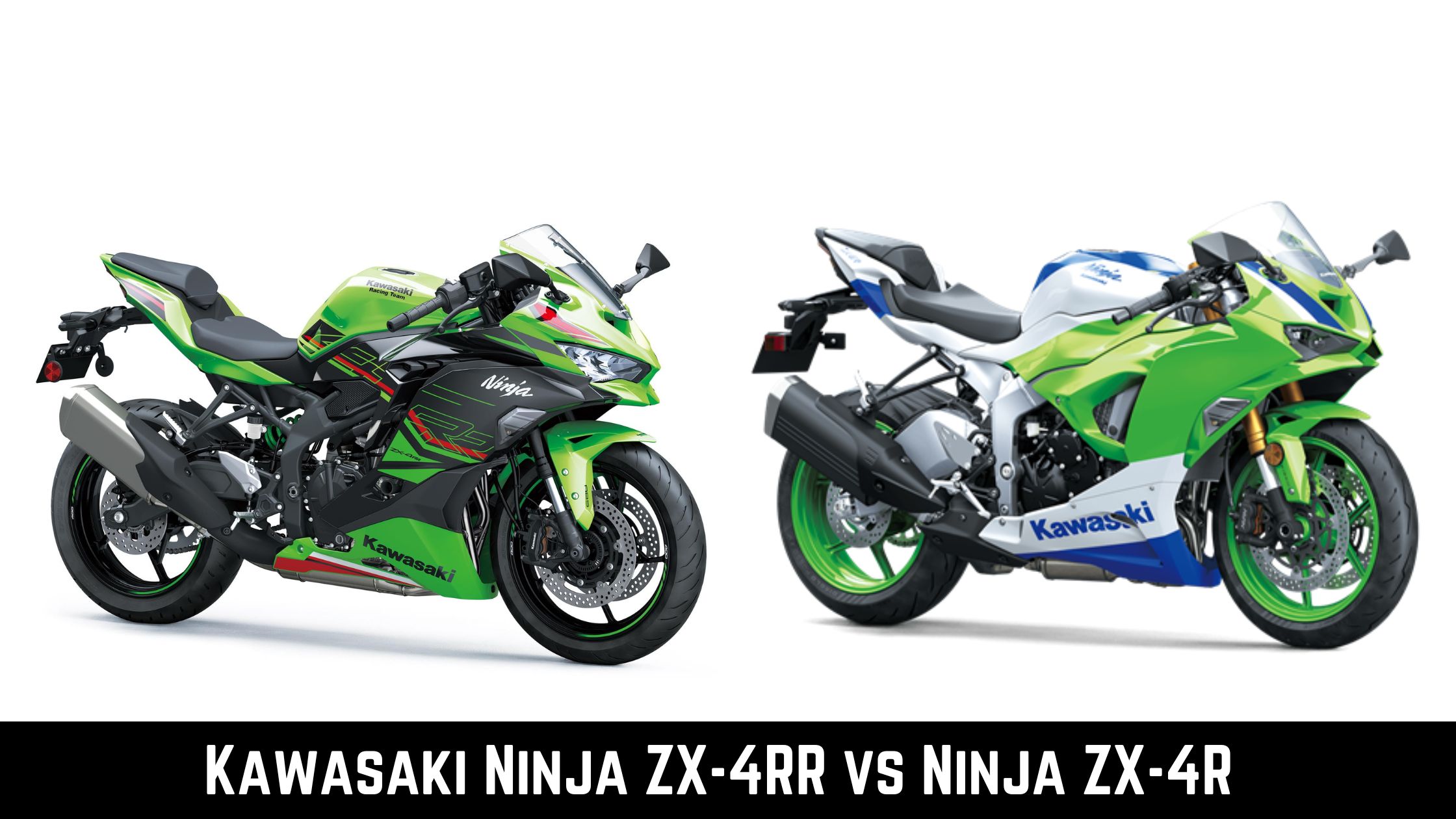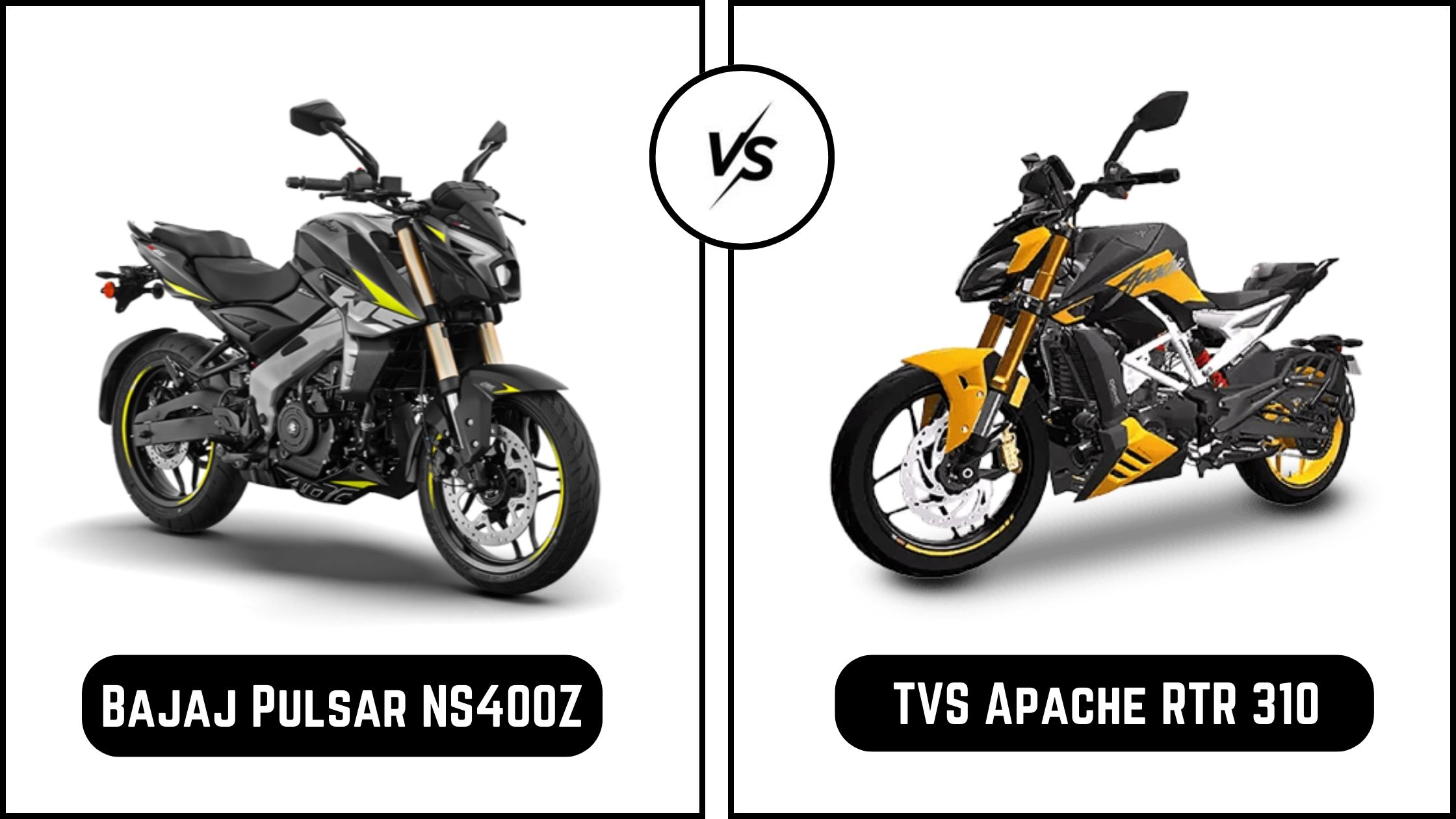
Have you ever noticed that every motorcycle has a unique way of changing gears? In the past, we employed a completely different gear-shifting pattern than we use today. Consider how challenging it would be to adjust to completely different types of gear shift pattern in bikes.
Modern motorcycle manufacturers are adopting a universal gear shift pattern with the first gear down and the other gears up. It will take some time, and other solutions for various motorcycle models are already in use. So, what are the many gear shift patterns available on motorcycles today? The gear shift patterns used by motorbikes come in five different types.
5 Types Of Gear Shift Pattern In Bikes
1. First Gear Down, Rest All Gears Up
Currently, this gear shift arrangement is the most widespread. The majority of manufacturers are gradually moving toward this gear shift method. Only the front portion of prior gear lever models remains on the gear shifting lever. In other words, this gear system does not have a rear lever end. The first gear is below neutral during the gear shift, and the other gears are all up.
Therefore, you must depress the gear lever to change to first gear when in neutral. It would help if you moved the lever upward to switch to the second. By raising the lever still higher, the remaining gears are accessible. These 1-n-2-3-4-5 are the gear pattern.
This is how a gear change often happens. You descend to the first gear while in neutral. Once in second gear, you move the lever up. You shift up once more for the third gear, and for the fourth and fifth gears, you shift up even further. Most of the motorcycles on the market now have this style of gear-shifting arrangement.
Additionally, in recent years, manufacturers have shifted more and more in favor of this gear-shift layout. You won’t be surprised if this gear-shifting pattern becomes standard and is the only one used in motorcycles by the decade’s end.
2. First Gear Up, Rest All Gears Down
The updated method is the exact reverse of the old one. Only racing bikes employ this form of gear shifting. This gear shift method is known as the Race-Shift pattern, as opposed to the previous one, which is more often known as the Road-Shift pattern. By altering how the gear lever is attached to the shift spindle, the user can reverse the gear lever pattern. Simply rotating the shift spindle 180 degrees accomplishes this, which causes the gear shift to move in the opposite direction.
The first gear is placed above neutral for the gear shift, while the other gears are all in the down position. The pattern described above is its reverse. It would help if you pulled up on the gear lever to change to first gear when in neutral. It would help if you moved the lever downward to switch to the second. By lowering the lever even further, the remaining gears are accessible.
The standard process of changing gears looks like this. You shift into first gear from neutral. Once in second gear, you move the lever down. You pull the lever down once more for the third gear, and for the fourth, fifth, and sixth gears, you pull the lever down even more. The only bikes with this gear shift arrangement are racing bikes. Consequently, the gear change pattern is known as the “racing-shift pattern.” By lowering the gears, this pattern enables the rider to turn and race with ease.
3. All Gears Up On Rear End Of Lever
This is another standard gear-shifting method that is currently seen on many motorcycles. Despite a steady fall in popularity, this technology is still used by numerous motorcycle manufacturers. The top and back ends make up the gear lever. When the rider presses down on these two ends of the lever, they are designed to distinguish between gear up, and gear downshifts. Accordingly, the rider must press down on the rear end to level up one gear and the front end to level down one gear in this system. The lever’s back end has all the gears up; you should pull the front end to gear down.
This is how you typically change gears after going into neutral. It would help if you depressed the rear end to shift from first to second gear. To shift to the third and fourth gears, press down on the lever’s back end. It would help if you depressed the lever’s front end to level the gear. If you are in third gear and wish to change into neutral, you must press the front end three times. For neutral shift gear from Third to second to first motorcycle gear shifter.
Although this style of gear pattern has become less popular over time, it is still found in many motorcycle models. This gear shift pattern style is present in most Indian motorcycles.
4. All Gears Up On The Front End Of The Lever
The gear shift pattern we explained earlier is entirely the reverse of this gear shift pattern. Even though this design is not popular, some motorcycle manufacturers still include their bikes with this pattern. The gear lever, once more, is made up of both the front and back ends. In contrast to the mechanism described above, the functionality is shifted between the front and back ends.
The rider must push down on the front end to level up one gear in this method. They must push down on the back end to level down one gear. The lever’s front end has all the gears up, and you must press down the back end to gear down.
This is how you typically change gears after shifting into neutral. The rider depresses the lever’s front end to shift from first to second gear. To advance to higher gears, the rider must then depress the lever’s front end again.
The rider must depress the lever’s back end to lower the gear. He must push down on the rear end twice to park in neutral while in second gear while shifting from second to first. This type of gear change pattern is highly uncommon and is becoming less and less frequent with time. However, some Japanese motorcycle manufacturers continue to use this gear-changing method.
5. All Gears Up On Rear End Of Lever- Except For First Gear On Front End
The third gear shift scheme we previously covered includes a subset of this. Or a hybrid of the first and third systems mentioned above. The popular system of “All Gears Up on Rear End of Lever,” except First Gear on Front End, has evolved from the “All Gears Up on Rear End of Lever” of the past to the “First Gear Down, Rest All Gears Up” system that is currently popular. Except for the first gear, where the rider must push down the front end of the gear lever to level down, this method requires the rider to push down the rear end of the gear lever to level up.
Therefore, the average voyage starting from neutral would look like this. It would be best if you pushed down on the front end to shift from neutral to first gear. The remaining gears are all up, so you must depress the lever’s back end. It would be best if you pushed down on the back end to shift from first to second gear. Higher gears also follow the same rules.
Now, to change from a higher gear to neutral, you must press the lever’s front end down until it is in first gear. Then, you press the rear end to shift from first to neutral gear. Just the opposite of how you moved from first to neutral. Even though this shifting pattern is complex, not many motorcycles on the road use it. But if you see this shift pattern on a vintage motorcycle, don’t be shocked.
These are some of the gear shift patterns in today’s motorcycles.



